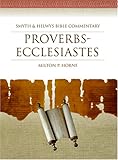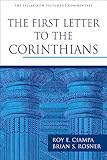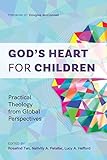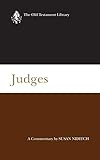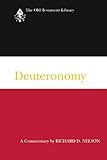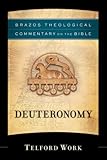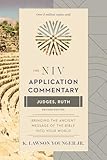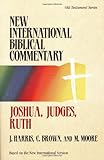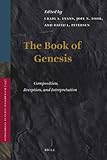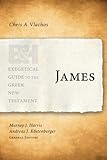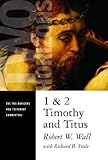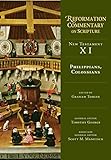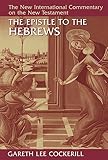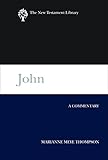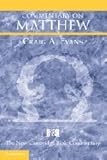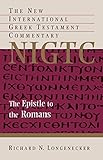Biblical Interpretation and the Christocentric Principle: The Interpretation of Acts 15:1-35
Material type: TextPublication details: Johannesburg, South Africa South African Theological Seminary 2016Description: 108p PDF A4 Abstract. Table of contents. Works citedSubject(s): Dissertation note: Master of Theology (Mth) South African Theological Seminary 2016 Summary: Biblical Interpretation and the Christocentric Principle: The Interpretation of Acts 15:1-35 In a quest to interpret the Bible christocentrically, different methods have been applied throughout different eras of Christianity. Some allegorised, some typologised whereas some sought to be literal in their christocentricity. This study sets out to understand and apply christocentricity within the framework of a commitment to a literal historical-grammatical interpretation frequently called evangelical exegesis in this thesis. Literature review in chapter 2revealed that scholars throughout the history of the church have taken one of three approaches to interpret the Bible christocentrically—allegorically, typologically and literally. Some integrated these methods. Since the Christocentric Principle is underpinned by the Bible, three primary christocentric passages, Matthew 5:17-19; John 5:39-40 and Luke 24:27, 44-47, were exegeted in chapter 3,which clearly affirmed that Biblical interpretation should be Christ-centred because Christ is the Fulfiller, the Message and the Concern of all Scripture. From the exegesis of the three passages, a pattern was traced,which led to the deduction of the following methods of disclosing Christ from Scripture: The Inspired Sensus Plenior Application,which NT writers employed, often applying OT passages in the NT out of its OT context; and authorial intent,which recognises the intention of the author within a given context of the text regardless of how the same information could be used elsewhere. From these observations, it was suggested that a better way of being christocentric and still be committed to evangelical exegesis is to trace the redemptive-progressive plan, pay attention to promise-fulfilment, limit your types to those of the NT writers and use the words and the works of Christ to apply the OT in the NT church. These methods developed in chapter 3 were tested against the interpretation of Acts 15:1-35,which was translated from the Greek text and exegeted in a commentary fashion. The conclusion is that the elders, apostles and the entire church at the Jerusalem Council could reach a decision to accept the uncircumcised Gentiles in the church because they dealt with the matter christocentrically, that is they understood:God’s plan of redemption;the promise of God to save the Gentiles in Christ;James’s use of Amos 9:11-12 out of its OT context and applying it in the new context without changing the intention of the text; andhow the words and the works of Christ in relation to the Gentiles have influenced the decision.The study concludes with the review of the problem, objectives, findings and significance and recommendations.
TextPublication details: Johannesburg, South Africa South African Theological Seminary 2016Description: 108p PDF A4 Abstract. Table of contents. Works citedSubject(s): Dissertation note: Master of Theology (Mth) South African Theological Seminary 2016 Summary: Biblical Interpretation and the Christocentric Principle: The Interpretation of Acts 15:1-35 In a quest to interpret the Bible christocentrically, different methods have been applied throughout different eras of Christianity. Some allegorised, some typologised whereas some sought to be literal in their christocentricity. This study sets out to understand and apply christocentricity within the framework of a commitment to a literal historical-grammatical interpretation frequently called evangelical exegesis in this thesis. Literature review in chapter 2revealed that scholars throughout the history of the church have taken one of three approaches to interpret the Bible christocentrically—allegorically, typologically and literally. Some integrated these methods. Since the Christocentric Principle is underpinned by the Bible, three primary christocentric passages, Matthew 5:17-19; John 5:39-40 and Luke 24:27, 44-47, were exegeted in chapter 3,which clearly affirmed that Biblical interpretation should be Christ-centred because Christ is the Fulfiller, the Message and the Concern of all Scripture. From the exegesis of the three passages, a pattern was traced,which led to the deduction of the following methods of disclosing Christ from Scripture: The Inspired Sensus Plenior Application,which NT writers employed, often applying OT passages in the NT out of its OT context; and authorial intent,which recognises the intention of the author within a given context of the text regardless of how the same information could be used elsewhere. From these observations, it was suggested that a better way of being christocentric and still be committed to evangelical exegesis is to trace the redemptive-progressive plan, pay attention to promise-fulfilment, limit your types to those of the NT writers and use the words and the works of Christ to apply the OT in the NT church. These methods developed in chapter 3 were tested against the interpretation of Acts 15:1-35,which was translated from the Greek text and exegeted in a commentary fashion. The conclusion is that the elders, apostles and the entire church at the Jerusalem Council could reach a decision to accept the uncircumcised Gentiles in the church because they dealt with the matter christocentrically, that is they understood:God’s plan of redemption;the promise of God to save the Gentiles in Christ;James’s use of Amos 9:11-12 out of its OT context and applying it in the new context without changing the intention of the text; andhow the words and the works of Christ in relation to the Gentiles have influenced the decision.The study concludes with the review of the problem, objectives, findings and significance and recommendations.
| Item type | Current library | Collection | Call number | URL | Status | Date due | Barcode | |
|---|---|---|---|---|---|---|---|---|
 Thesis
Thesis
|
South African Theological Seminary Online Resource | Electronic Holdings | Link to Resource | Available | 0000000000291 |
Master of Theology (Mth) South African Theological Seminary 2016
There are no comments on this title.
Log in to your account to post a comment.

